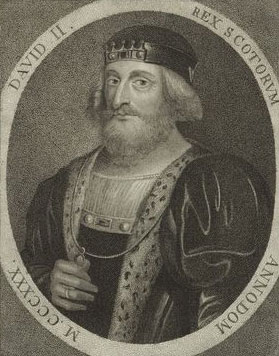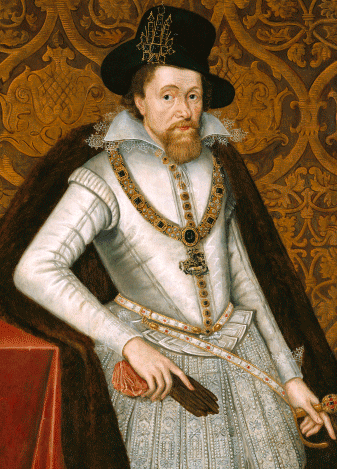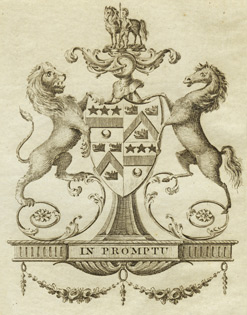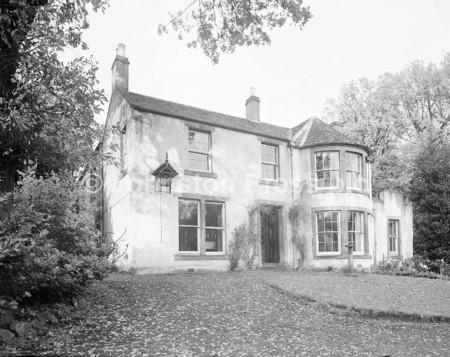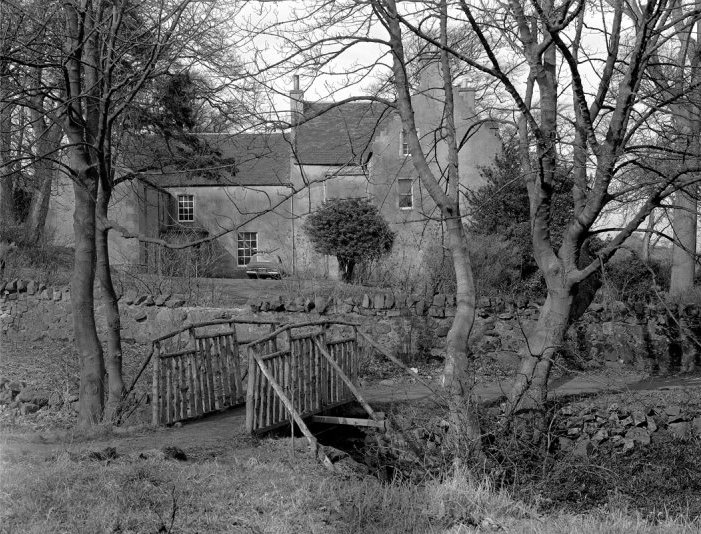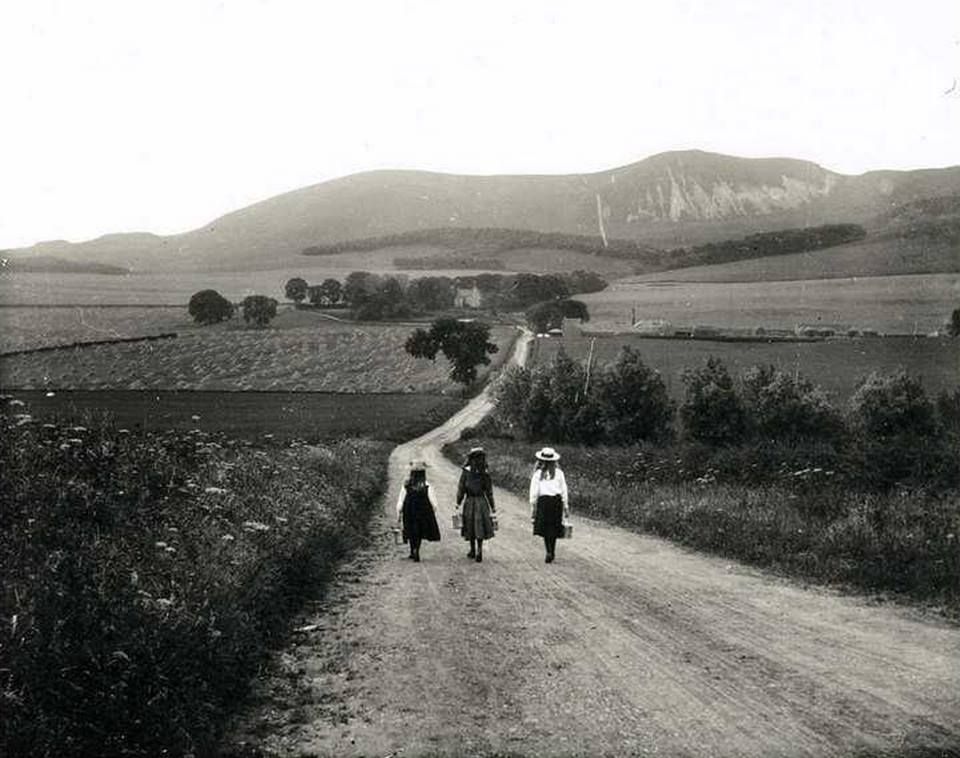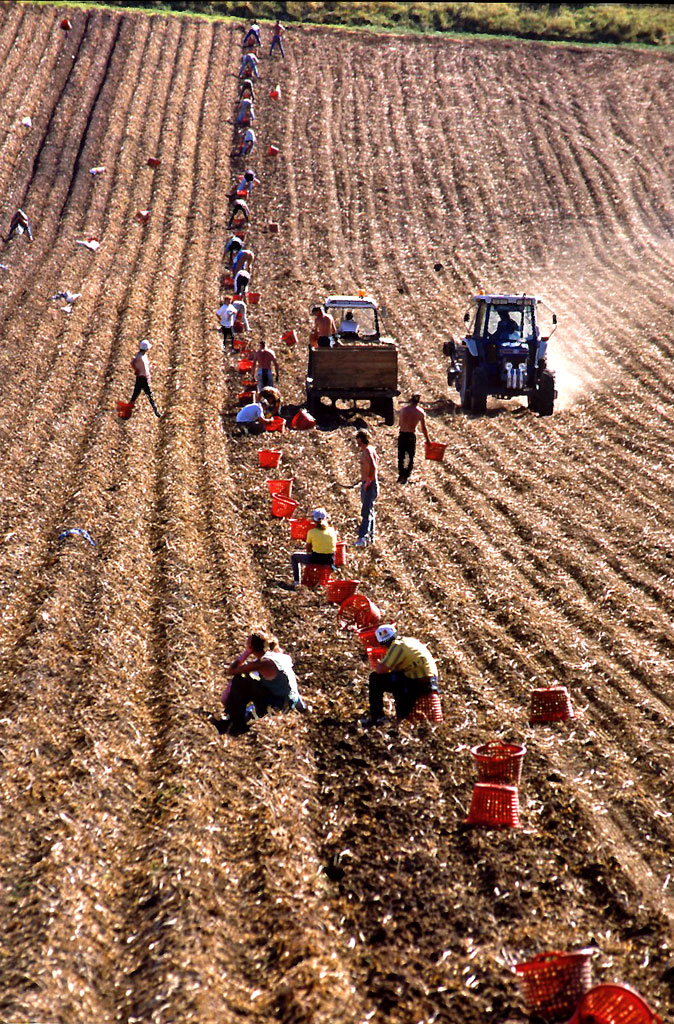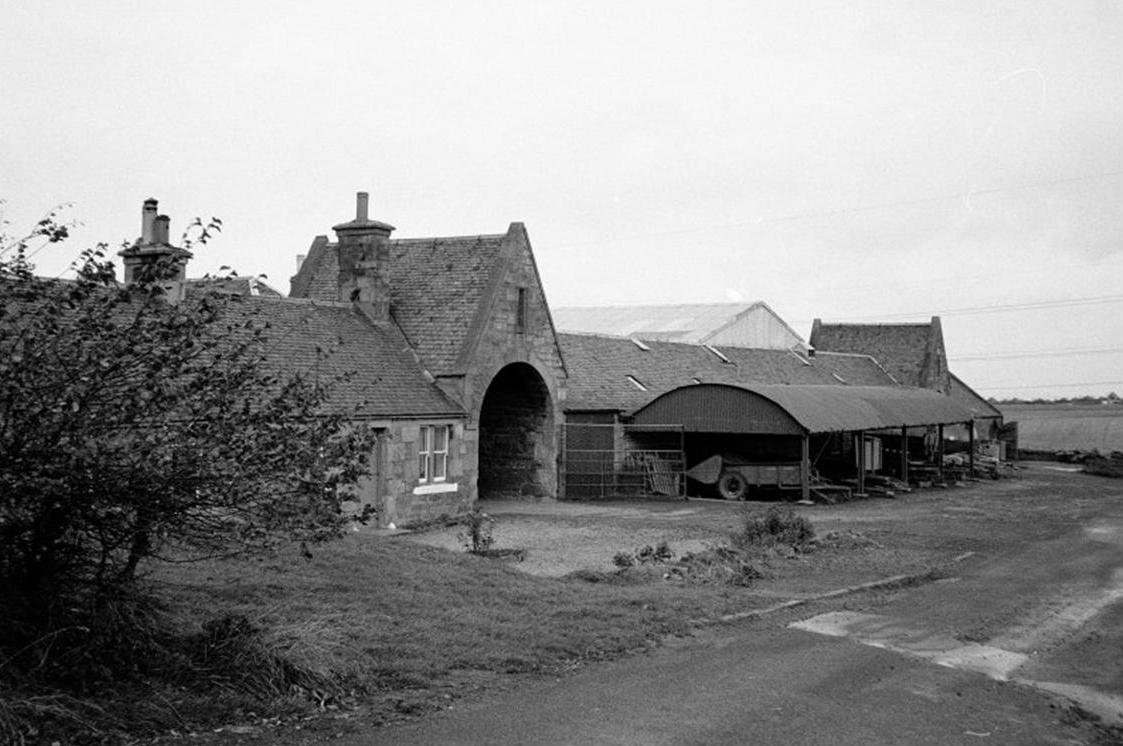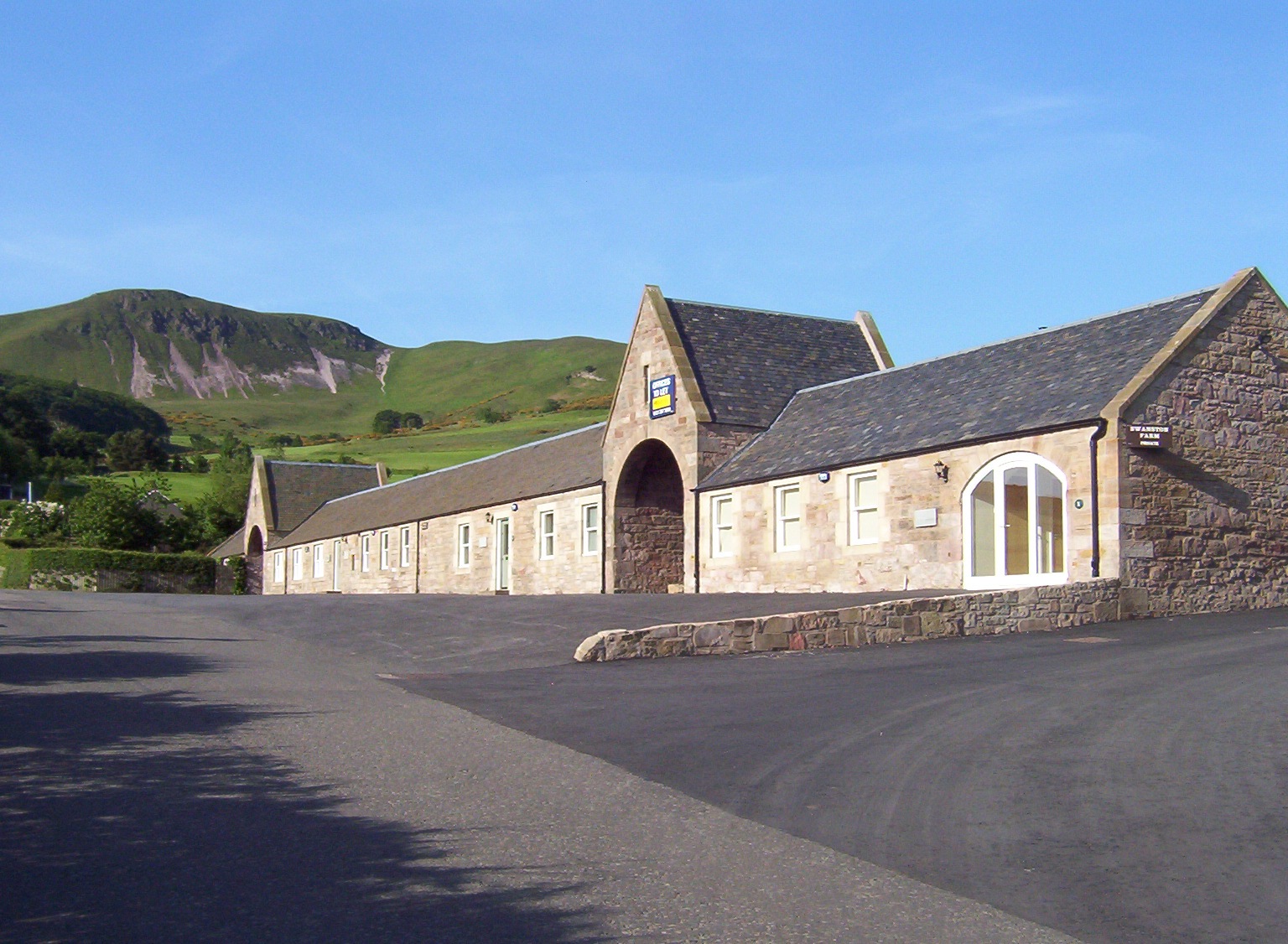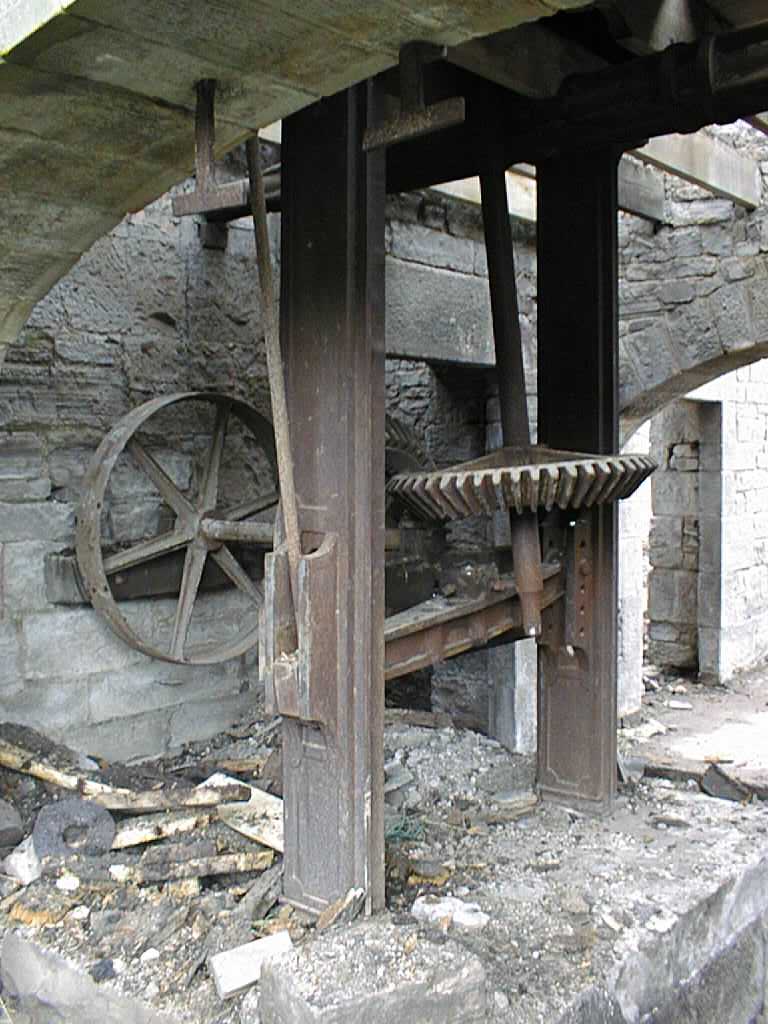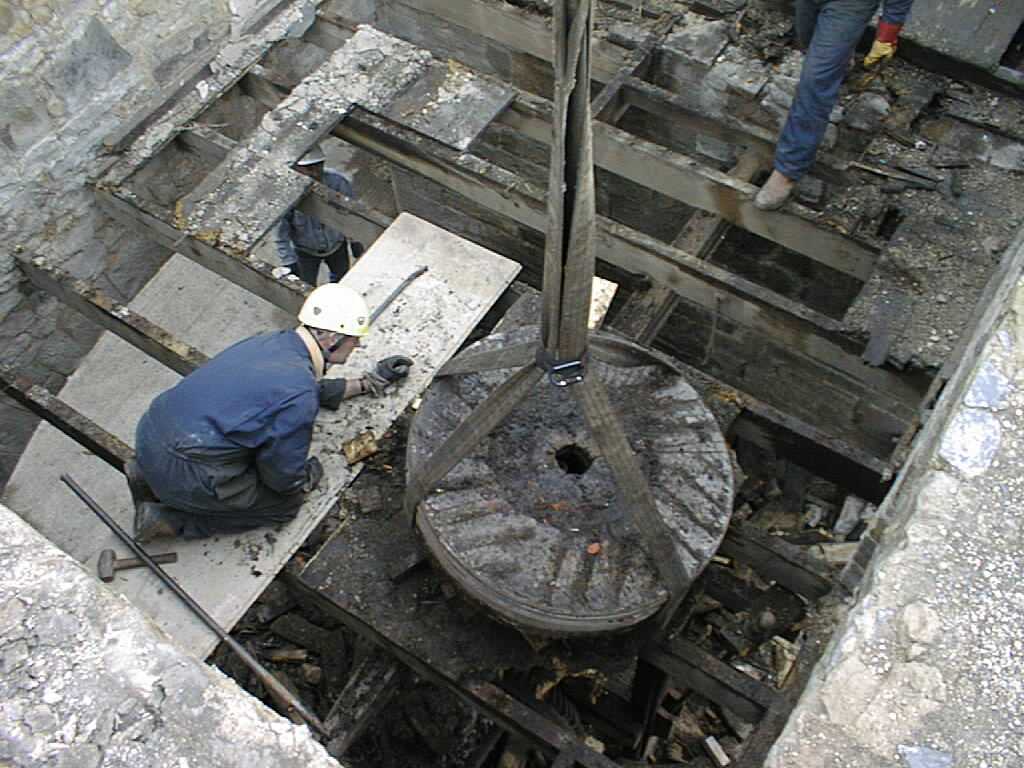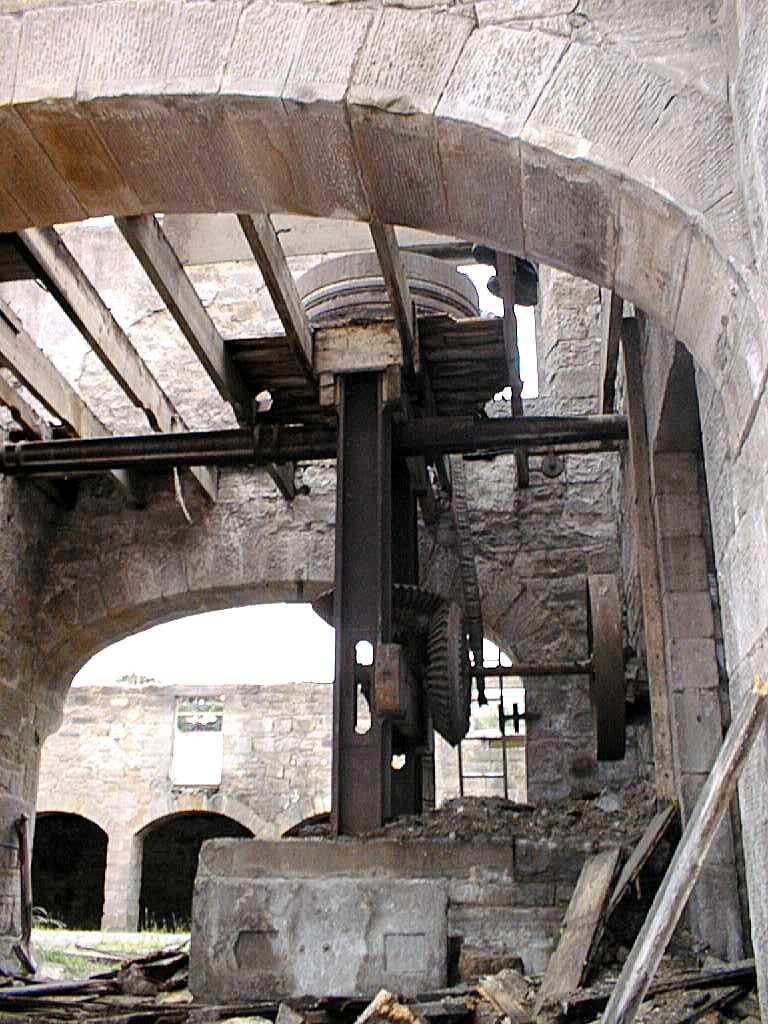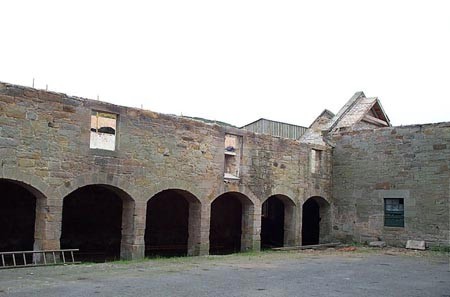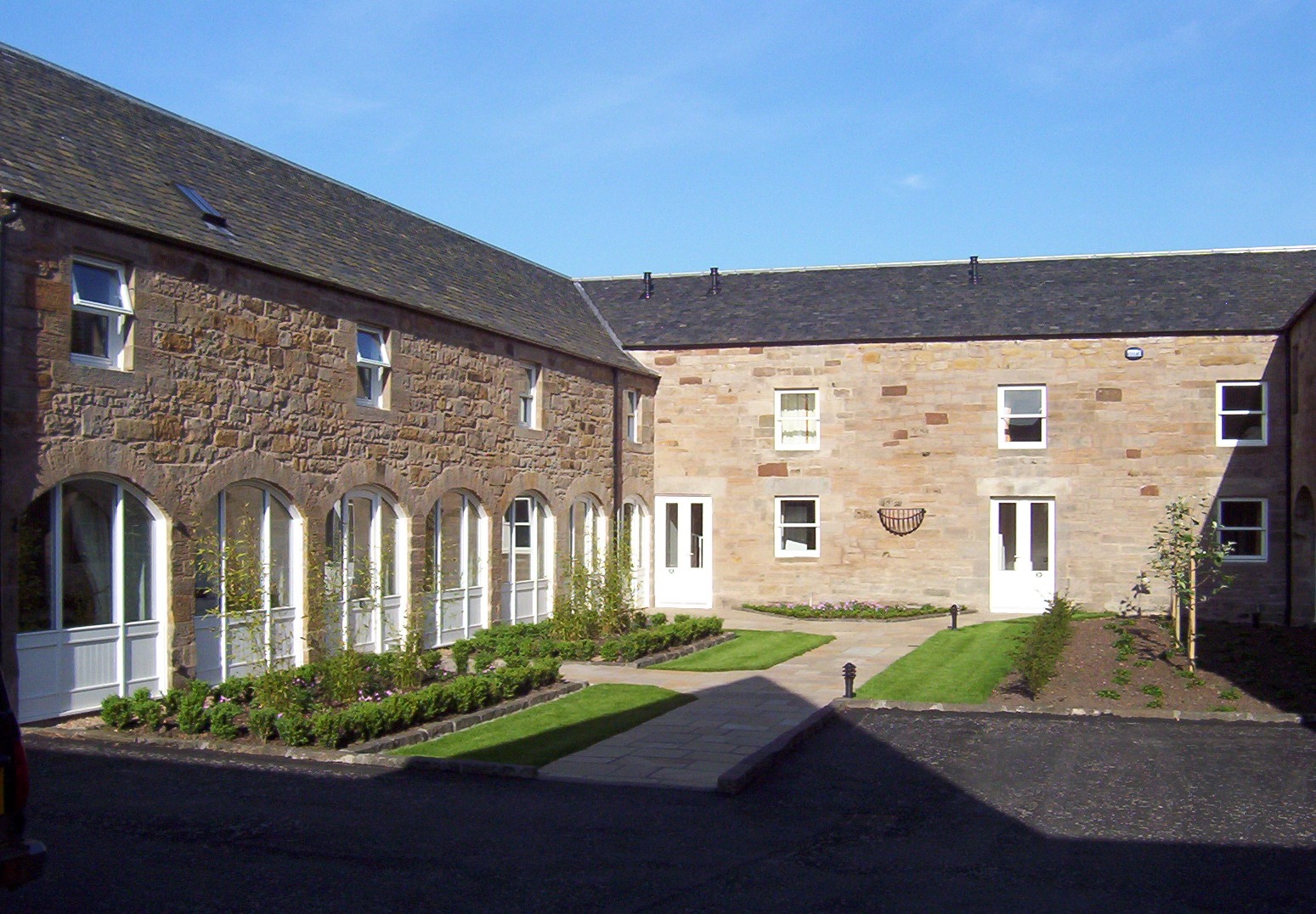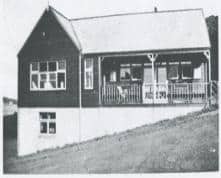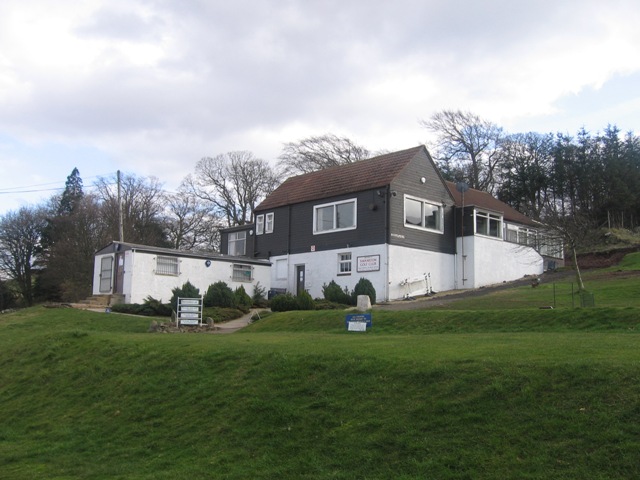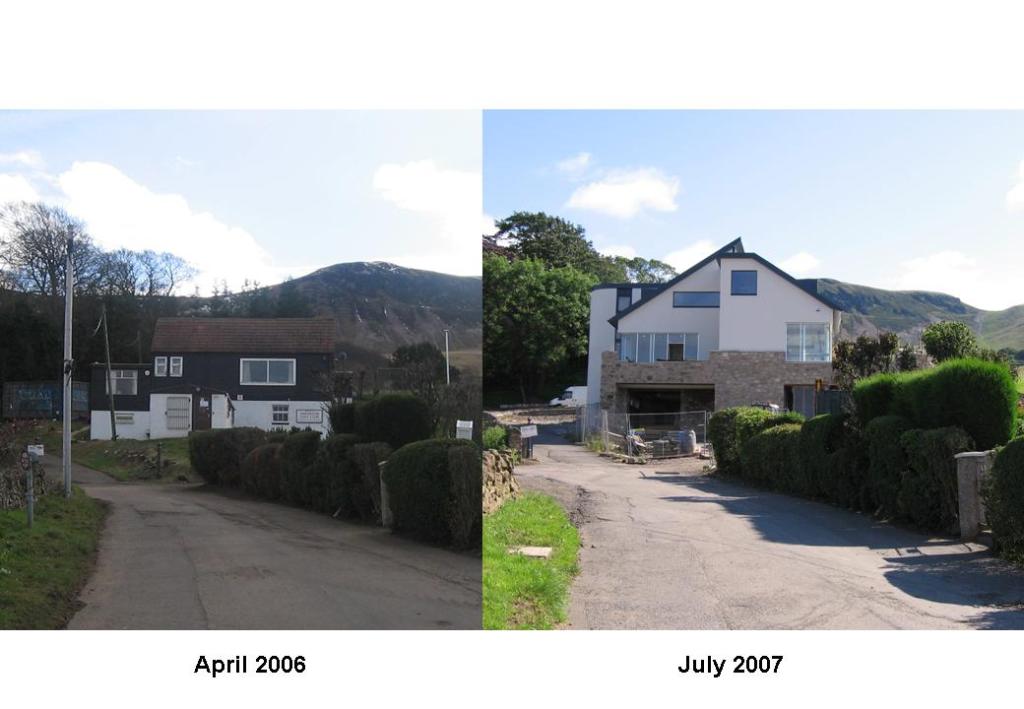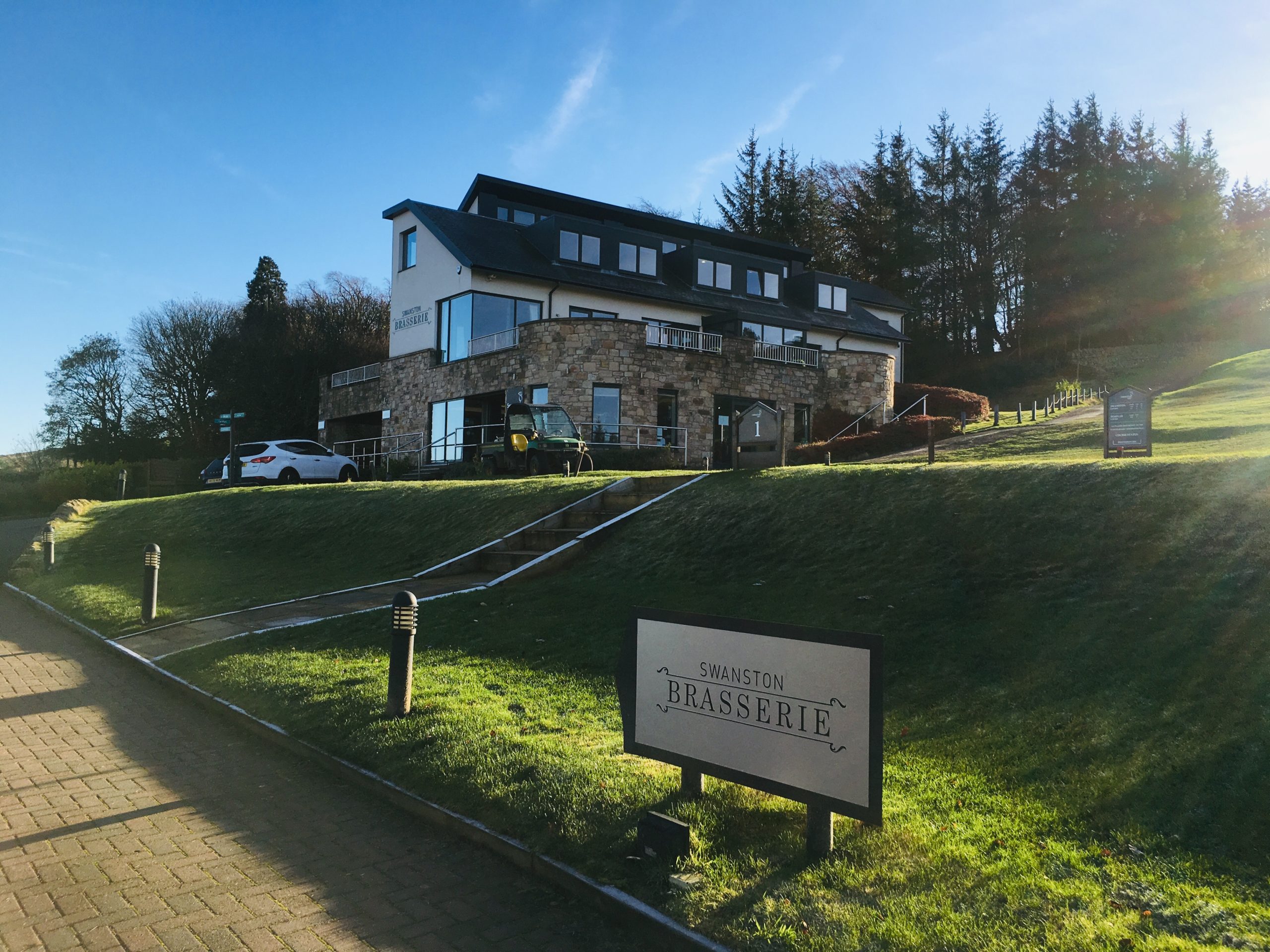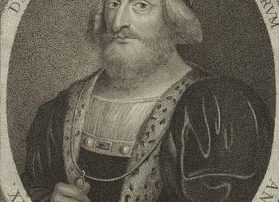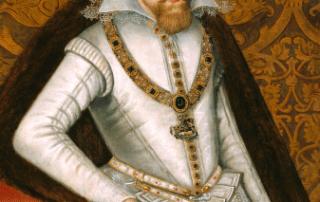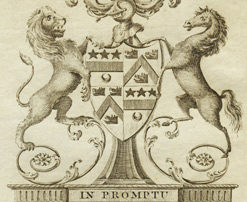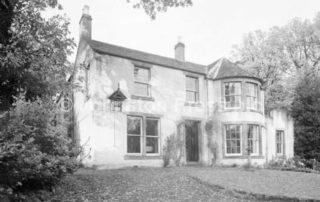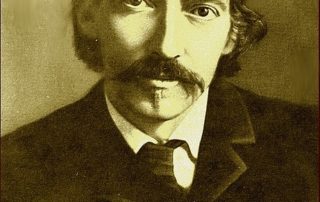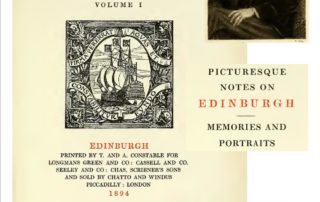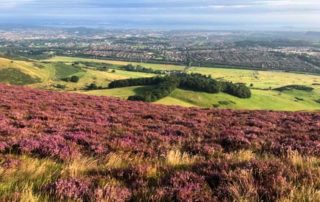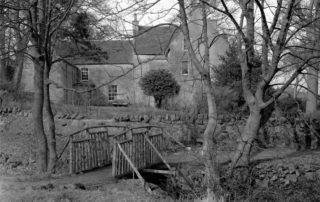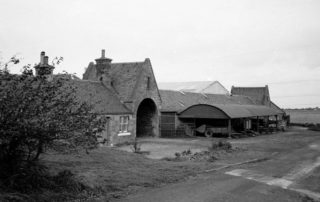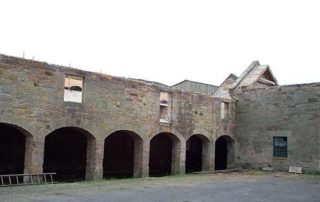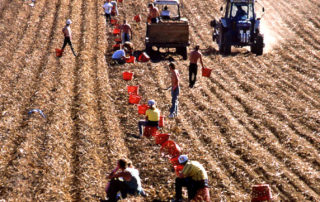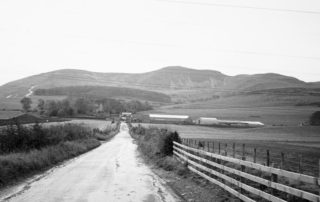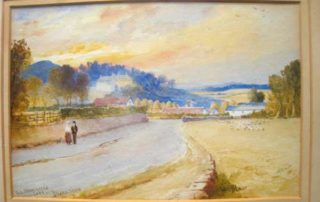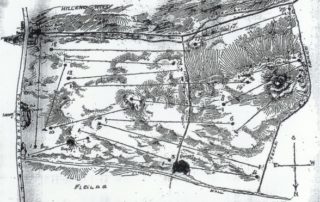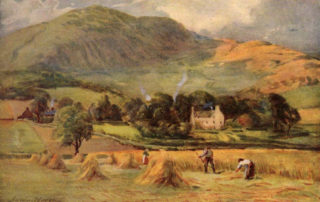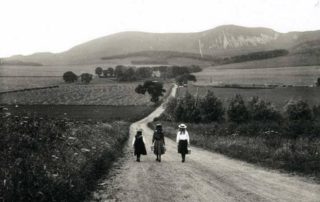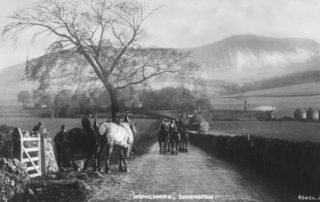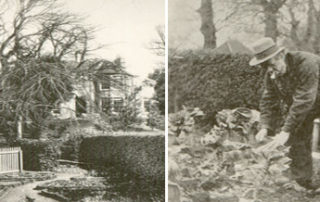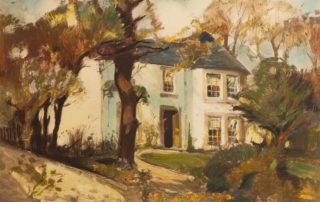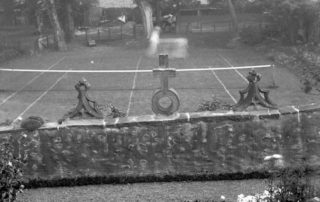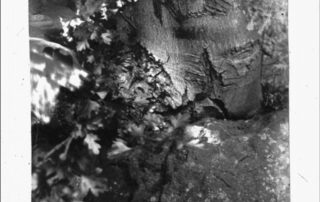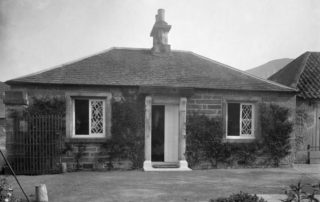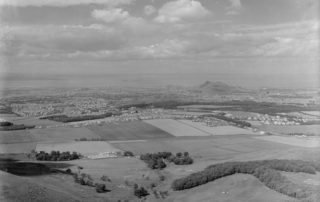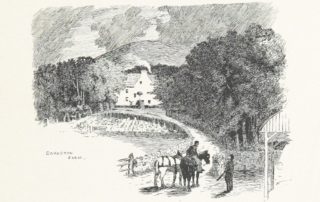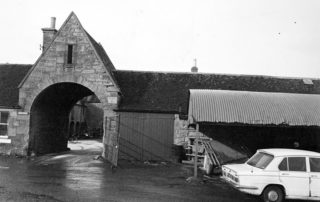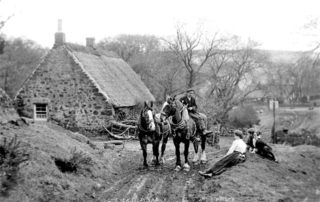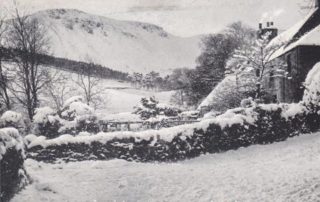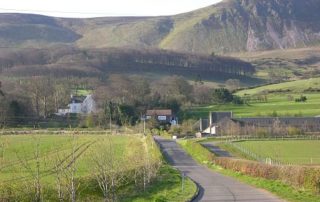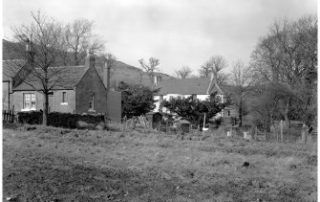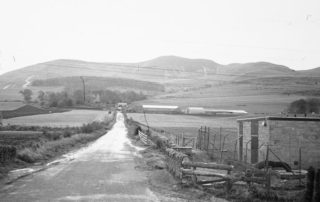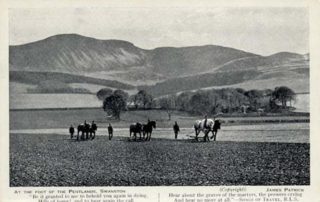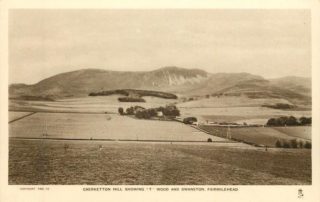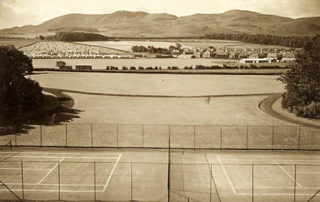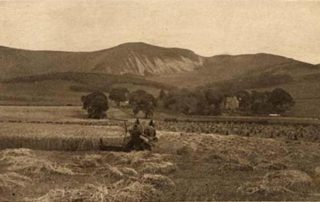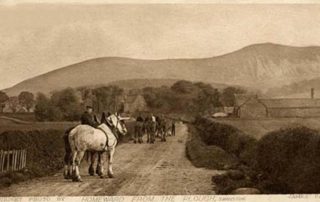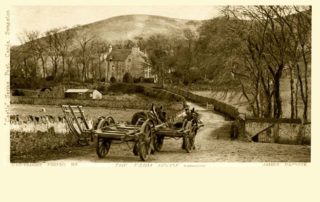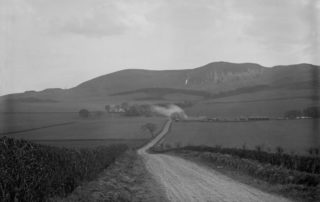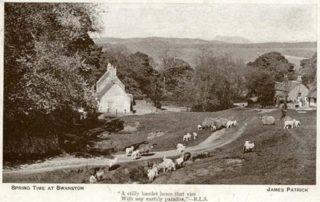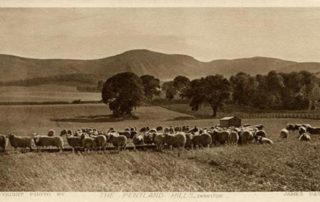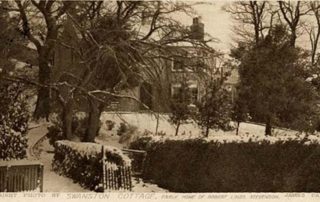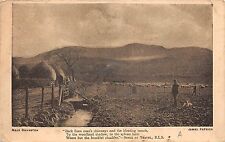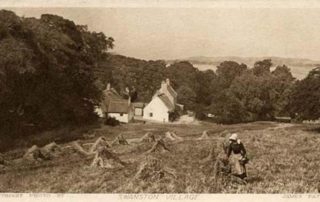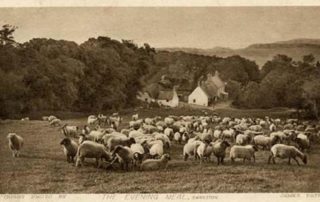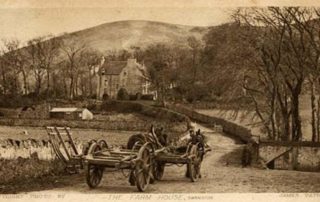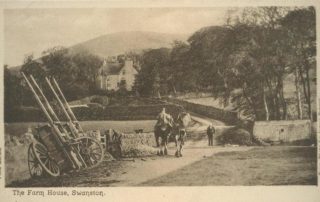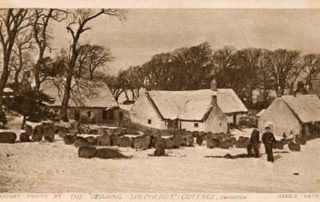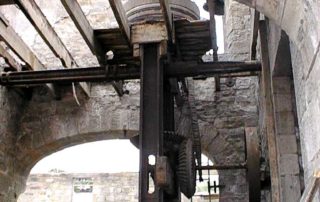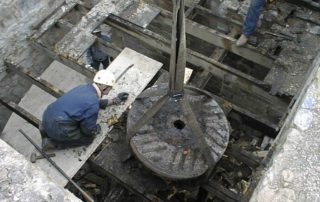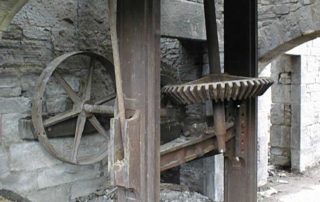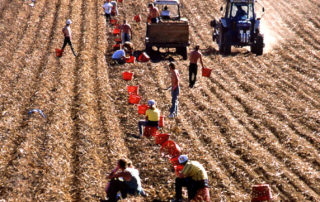Swanston Farm has a fascinating history.
Swanston was first recorded in AD1214 when it formed part of the Barony of Redhall. The name, however derives from the Norse/Anglican for ‘Sveinn’s Farm’ indicating a possible earlier 9th-11th Century foundation for the farming estate. The historic medieval estate of Swanston stretched from Oxgangs Road to the Pentland Hills and from Bowbridge to the Long Plantation at Dreghorn.
Swanston is also mentioned in historical documents during the 14th Century in the charters granted during the reign of David II – (Robert the Bruce’s only surviving son).
It formed part of the Temple lands of the Knights of St. John and Swanston Farm was also once a monk’s grange. In a Charter by James VI, in which all the Templar’s possessions in Scotland were listed, a reference to ‘terras templaris de Swaistoun possess’ is included.
In the 15th Century, Swanston existed as Easter Swanston and Wester Swanston and in 1670 the Trotters of Mortonhall took ownership.
In 1762 Swanston Cottage was built by what was the Town Council of the time, who had augmented Edinburgh’s first water supply from Comiston, drawing from the Springs at Swanston. Swanston Cottage was leased by Robert Louis Stevenson’s parents, Thomas and Margaret (née Balfour) during the Summer months, for the period of their son’s late teens to twenties (1867 until 1880).
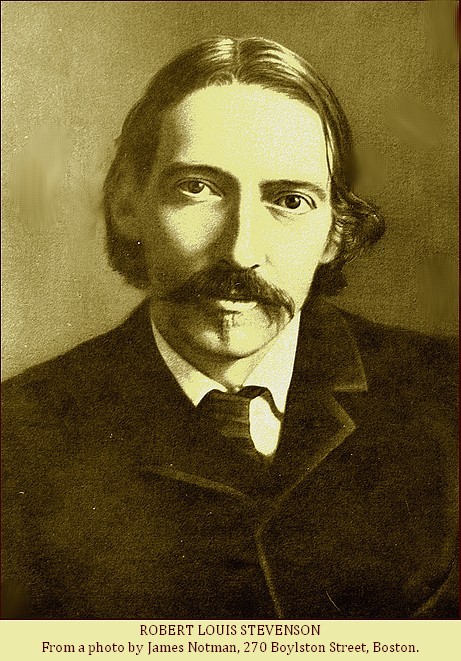
Robert Louis Stevenson. Click to enlarge
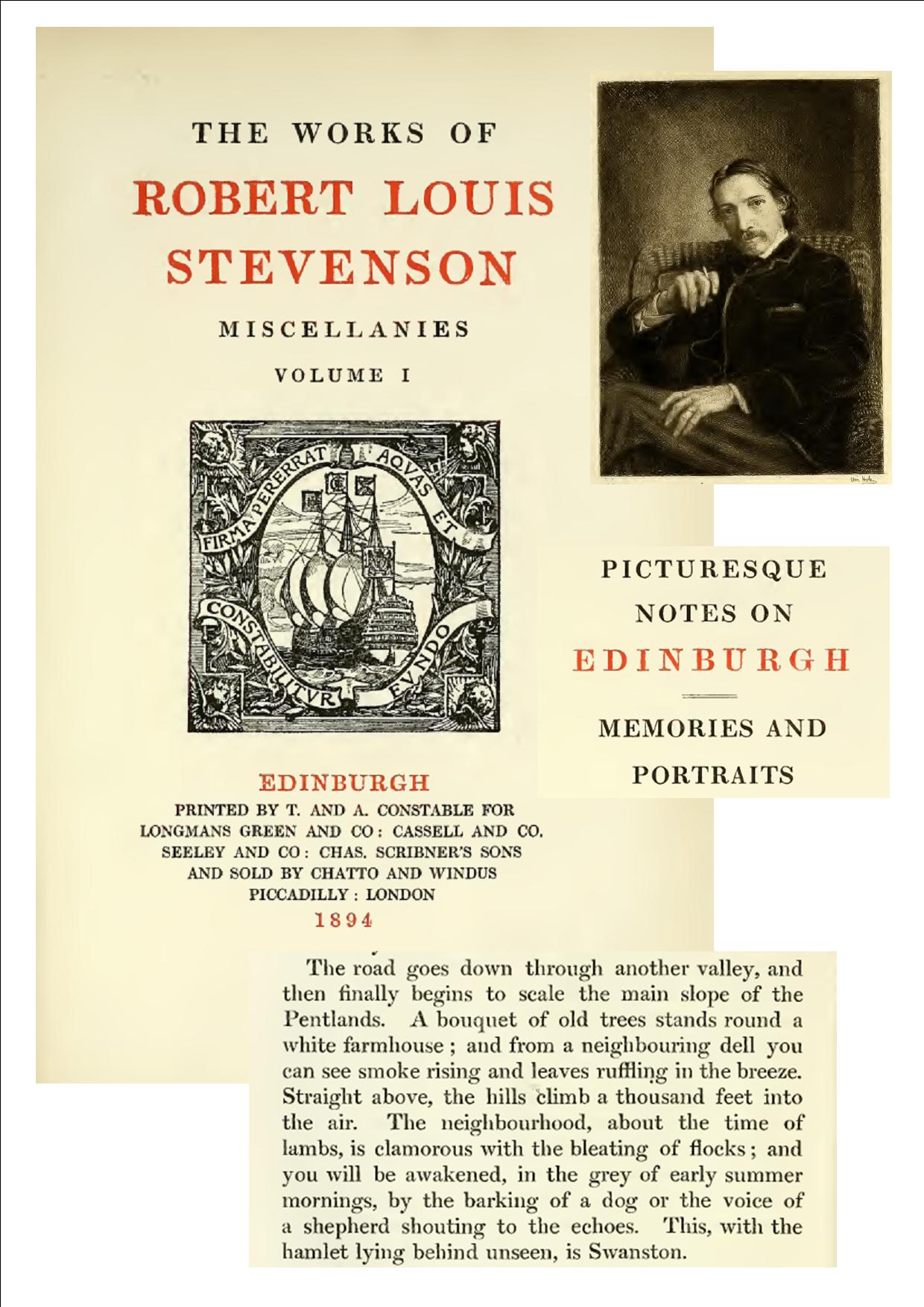
An extract about Swanston from ‘Picturesque Notes on Edinburgh’ by Robert Louis Stevenson. Click to enlarge
It is said that the Trotter family planted the T-Wood in 1766 as a memorial to a descendant of the house who fell in battle. It is a Greek cross in plan but a ‘T’-shape as seen at a distance from the North. However, another story is that in 1758 an Act of Parliament empowered the Edinburgh Corporation to provide piped water from private lands to the city of Edinburgh which had expanded substantially after the building of the New Town. Swanston’s landowner Henry Trotter resisted. He is thought to have planted the large “T” wood on the hillside in protest after his appeal to the House of Lords was overturned in 1760. In 1761 the Swanston Waterworks was completed as part of the first piped water supply to the city. Swanston Cottage and Water House were built as part of the works.
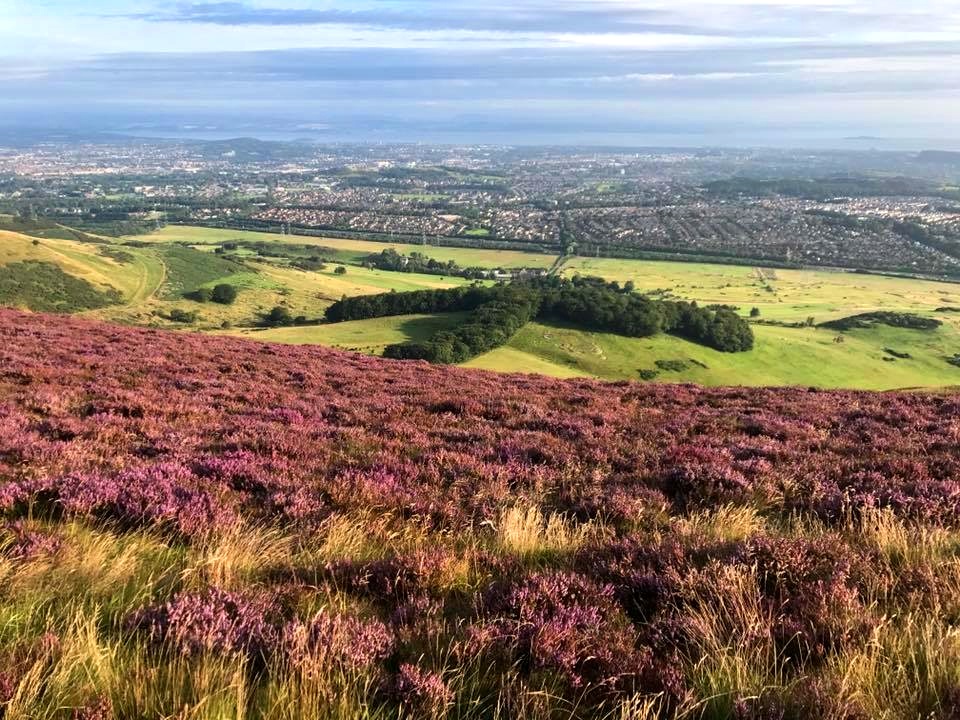
The ‘T’ Woods as seen from the Pentland Hills, looking out over the City of Edinburgh. Click to enlarge
There was also an 18th Century schoolhouse tucked away in the trees adjacent to Swanston Village. This still stands and is now a private home. This schooled children from as far as Bowbridge, Fordel, Comiston House, Lothianburn and Dreghorn.
The McClung family were tenant farmers on the land for 2 generations from the 1930’s and when the landowner died in the 1970’s, they were able to purchase the land in its original state as seed potato growing in the merchants business, along with the 2 golf courses (Lothianburn Golf Club established in 1893 and Swanston Golf Club established in 1928) that came with the land. The McClung family are still owners and custodians of Swanston Farm today.
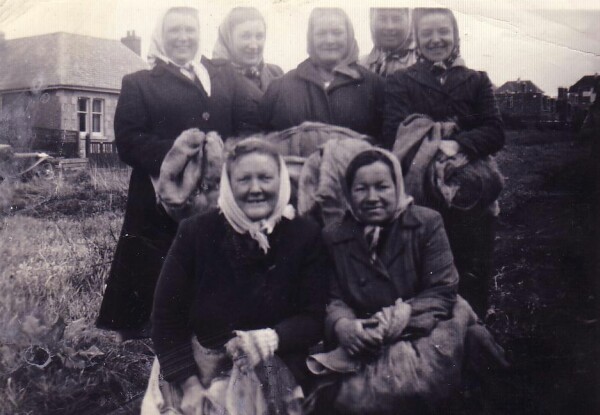
Swanston Farm Tattie Howkers, 1952. This photo was taken on fields that were once part of Swanston Farm – now occupied by Tesco Supermarket. Howkers were men and women from the West of Ireland employed by Scottish Tattie merchants during harvest season. Click to enlarge
An area within Swanston was first designated a conservation area on 20th February 1975 and remains to this day a safeguarded environment, a conservation area and an area of special historic and architectural character.
In 1998 the McClung family, like many other potato farmers, were facing challenges of competing with mass-produced potatoes and in order to sustain the business and the employment of those on the farm, decided to stop working the land for potatoes and set about diversifying.
In 1999 they started work on converting the old farm steading into offices, doing it all themselves with a small team of craftsmen (who still work for the farm today).
In 2001 more of the old farm steading buildings were renovated and turned into holiday cottages by the McClung family, transforming the old stone buildings into 6 traditional self-catering cottages, each with a small garden and retaining the key features of the building, including the carriage-house arches which are now beautiful arched windows.
In 2007 after a decision to move away from the exclusive-use golf club set-up and open up catering at Swanston to the general public, the old Swanston Golf Clubhouse was demolished and a purpose-built home for Swanston Brasserie was erected. Once again the build was carried-out by the McClung family and their small team. The building, owned and managed by Swanston Farm Ltd, now houses Swanston Brasserie on the first floor with balconies looking North and West, a function room on the ground floor and the Golf Shop for Swanston Golf Ltd is on the ground floor. This is now a thriving eatery, open 7 days a week and open to all, welcoming everyone from families to corporate events to weddings.
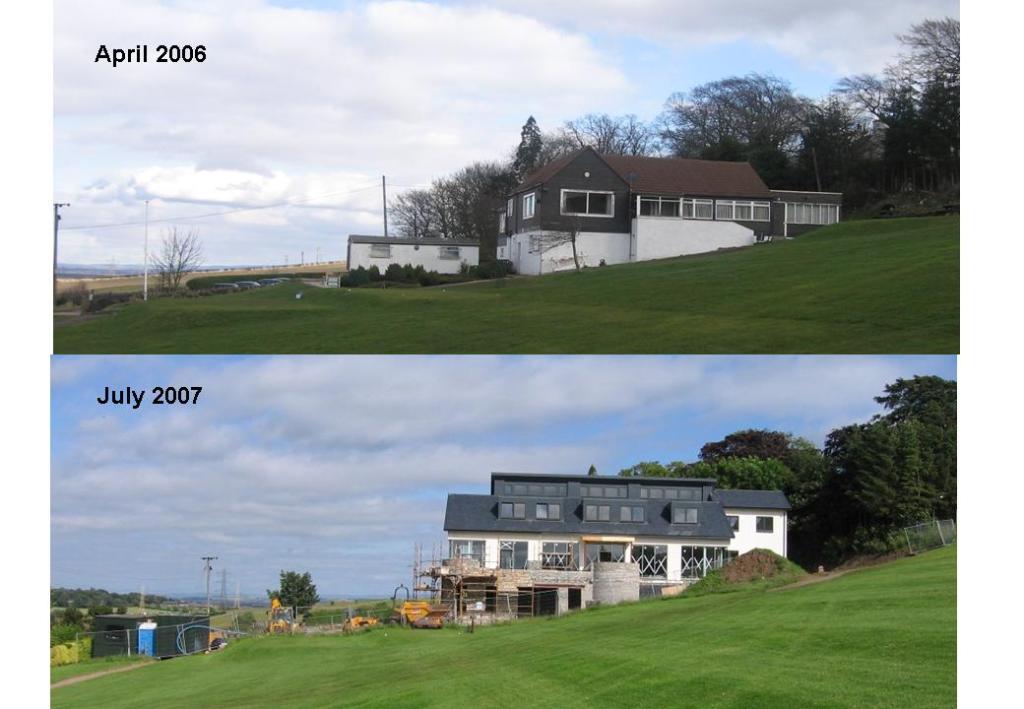
The old Swanston Golf Clubhouse in 2006 and the nearly complete Swanston Brasserie in 2007. Click to enlarge.



